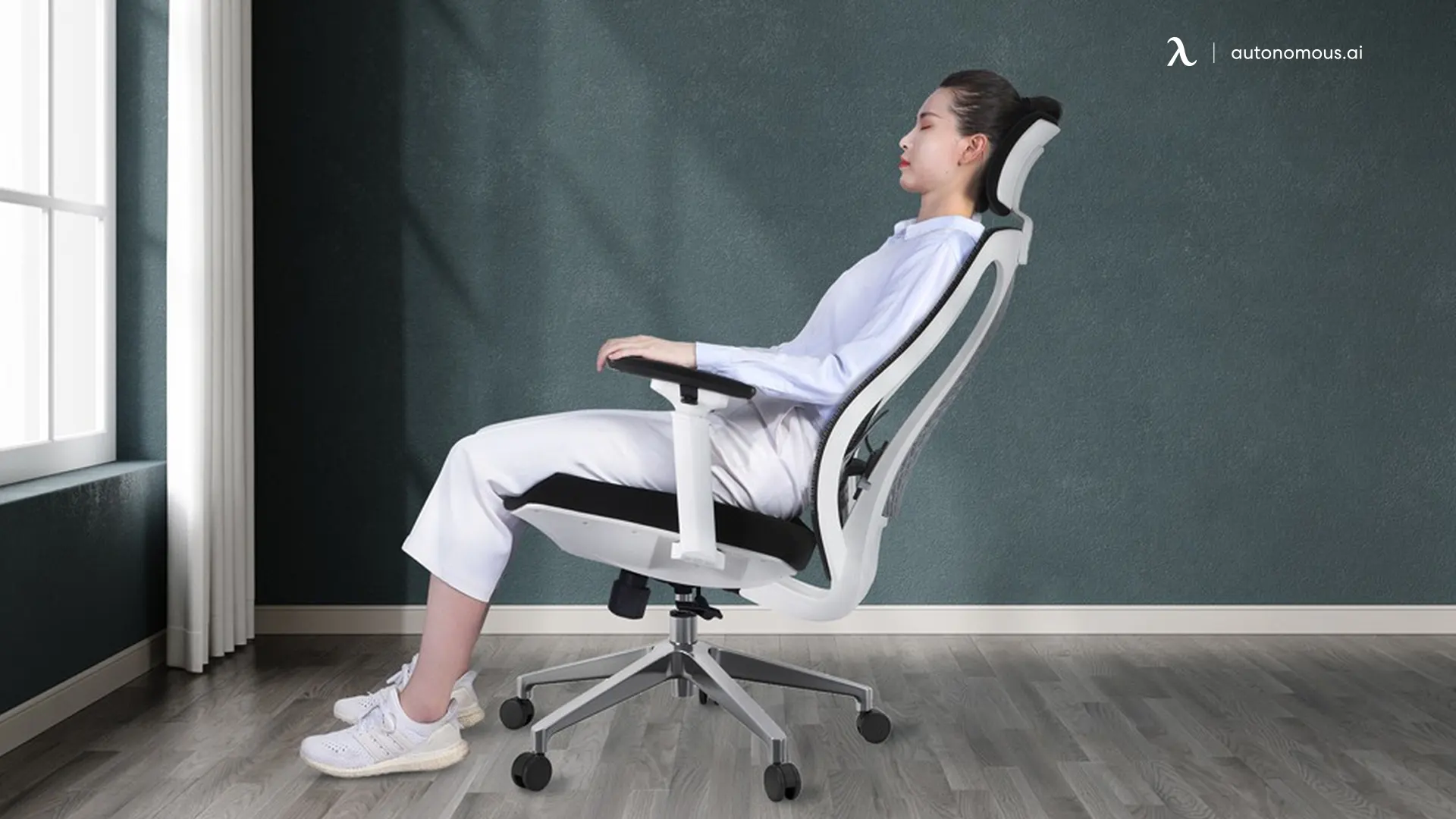Types of Chairs for Back Pain Relief: Best Living Room Chair For Back Pain Sufferers

Choosing the right chair can significantly impact back pain sufferers’ comfort and well-being. The ideal chair offers proper support, encourages good posture, and allows for customization to accommodate individual needs and body types. This section will delve into three popular chair types, comparing their strengths and weaknesses to help you make an informed decision.
Ergonomic Chairs
Ergonomic chairs are specifically designed to promote good posture and minimize strain on the back. They typically feature adjustable features like lumbar support, seat height, armrests, and backrest angle. These adjustments allow users to customize the chair to perfectly fit their body and work style. However, high-quality ergonomic chairs can be a significant investment.
Recliner Chairs
Recliner chairs offer a relaxing and customizable seating experience, making them attractive to individuals with back pain. Their ability to recline allows users to find a comfortable position that alleviates pressure on the spine. However, not all recliners provide adequate lumbar support, and some models may lack the adjustability needed for optimal ergonomic benefits. Furthermore, the reclining mechanism itself can sometimes be a source of discomfort for those with certain back conditions.
Supportive Armchairs
Supportive armchairs bridge the gap between comfort and ergonomic support. While they may not offer the same level of adjustability as ergonomic chairs, well-designed armchairs can provide substantial lumbar support and proper posture alignment. The key is to find a model with a firm but comfortable cushion and a back that follows the natural curve of the spine. However, finding an armchair that meets these criteria may require careful selection, and they may not be as effective for those with severe back problems.
Chair Feature Comparison
The table below compares key features of the three chair types:
| Feature | Ergonomic Chair | Recliner Chair | Supportive Armchair |
|---|---|---|---|
| Lumbar Support | Excellent, often adjustable | Variable, often needs additional support | Good, but less adjustable |
| Adjustability | High (height, depth, angle) | Moderate (recline, sometimes height) | Low |
| Material | Mesh, fabric, leather | Fabric, leather, vinyl | Fabric, leather, microfiber |
| Price Range | $200 – $1500+ | $100 – $800+ | $150 – $600+ |
Posture and Chair Design, Best living room chair for back pain sufferers
Proper posture is crucial for back health. A chair’s design can either promote or hinder good posture. A chair that doesn’t support the natural curves of the spine can lead to muscle strain and discomfort.
The following ergonomic features should be considered when selecting a chair:
- Adjustable Lumbar Support: Provides crucial support for the lower back, preventing slouching.
- Adjustable Seat Height: Allows for proper foot placement and reduces strain on the legs and back.
- Adjustable Backrest Angle: Enables users to find a comfortable and supportive angle that suits their posture and tasks.
- Armrests: Provide support for the arms and shoulders, reducing strain on the neck and back.
- Proper Seat Depth: Ensures adequate support without causing pressure points.
Ideal Chair Dimensions
Chair dimensions should be tailored to the individual’s body type and back pain condition. General guidelines are provided below, but individual needs may vary. Consulting with a physical therapist or ergonomist is recommended for personalized advice.
For example, a person with a shorter torso might need a chair with a lower back height compared to someone with a longer torso. Similarly, individuals with scoliosis may require specialized adjustments to accommodate their spinal curvature.
- Seat Height: Should allow for feet to be flat on the floor with knees bent at a 90-degree angle. Adjustments are typically available for most chair types.
- Seat Depth: Should allow for support of the thighs without pressure on the back of the knees. This should ideally leave 2-3 inches of space between the back of the knees and the seat edge.
- Back Height: Should support the natural curvature of the spine, reaching up to the mid-back or shoulder blades, depending on individual preference and posture.
